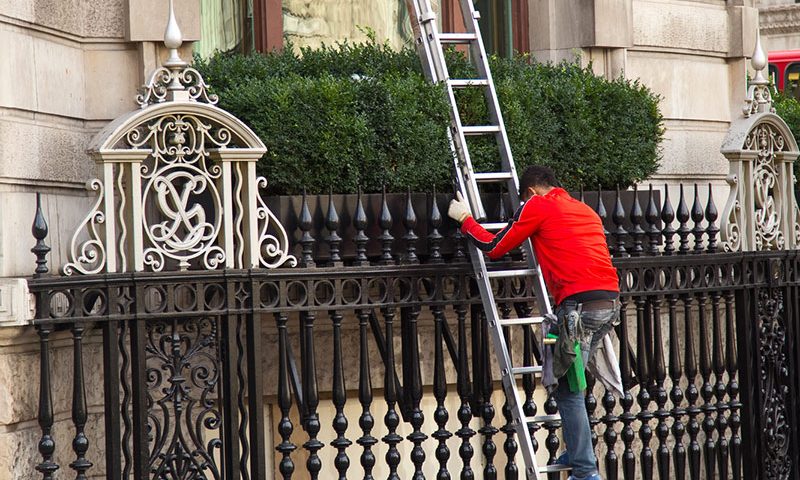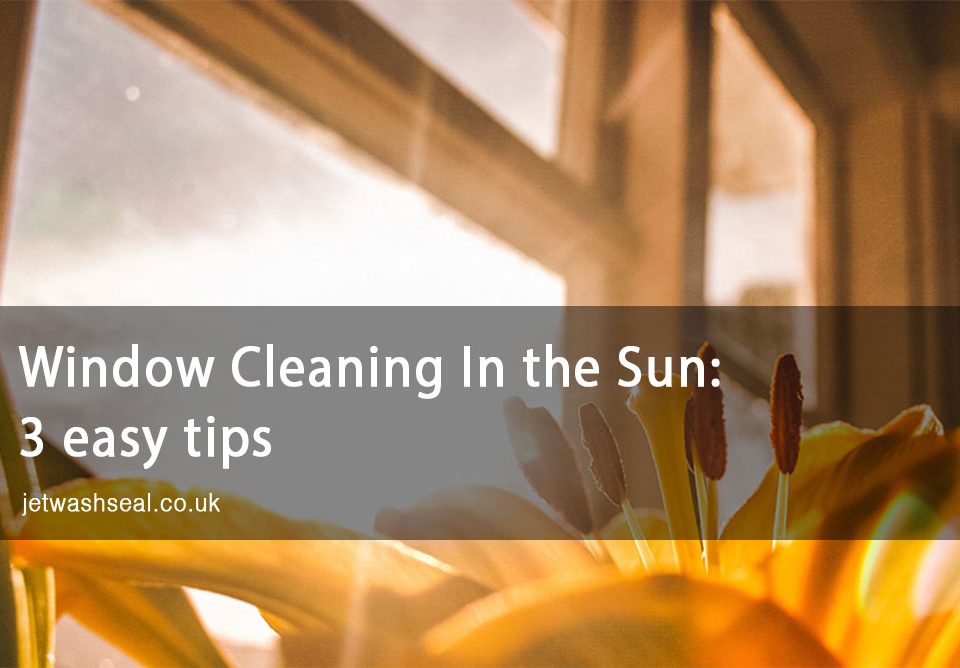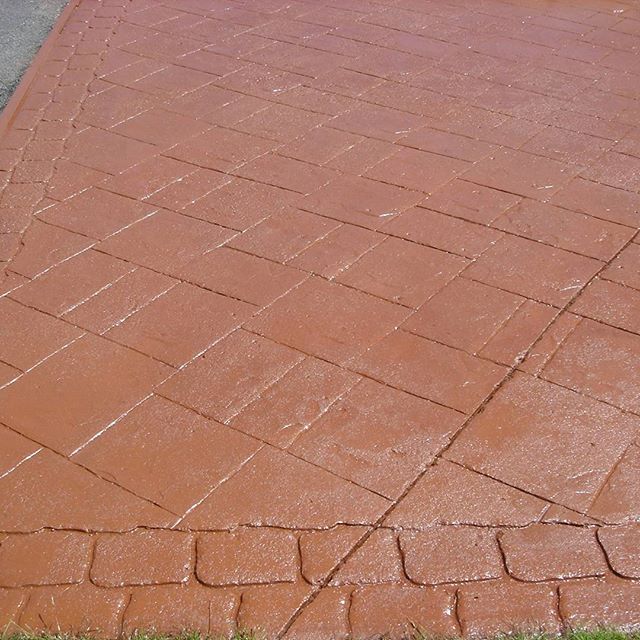For countless years window cleaners clambered up their ladders to bring a shine to the nation’s glass.
However, they were never a safe option, with around ten fatal accidents and numerous injuries every year.
There weren’t many sensible alternatives unless the job was an industrial one, until new regulations in 2005 restricted the use of ladders in window cleaning, leading to rumours that they had actually been banned altogether.
Window Cleaning Safety
There is no truth in this at all, but the Health and Safety Executive does restrict them to circumstances considered low in risk and duration, which must be assessed.
There are sites where it may be impossible to dispense with ladders in certain situations, for instance.
Low heights, or windows above flat roofs, are two other examples of cases where they might be deemed necessary and acceptable, but on the whole, a good job can be done from ground-level with a water-fed pole.
These lightweight carbon-fiber tools clean by way of a brush, while jets of water do the rinsing.
Being light and easy to manipulate makes them suitable for people who are not too strong or who dislike heights, and who had probably ruled out this particular job in the past.
As far back as 1974, the law regarding the use of ladders stipulated that employers must make sure employees and those in the immediate vicinity should not be open to danger.
It also covered self-employed window cleaners where there was a chance that their activities might pose a risk to others, so the most recent changes were the next logical step and a sensible development.
Ladder-less reach-and-wash systems are just as effective as the old method. In addition, they make the trade accessible to more people, including those who had not considered becoming self-employed before.
This is healthy for the job market as window cleaners are always in demand, with some householders finding it hard to get a regular service.
So, anything that opens up this field is to be welcomed on both sides, and good health and safety guidance will build the confidence of new workers and their families.
Ladders are being phased out where they are not needed or where there is an element of risk attached. There is no need to ban them outright, but the directive has forced users to think about and to develop safer practices, which can only be a good thing for the well-being of all.





